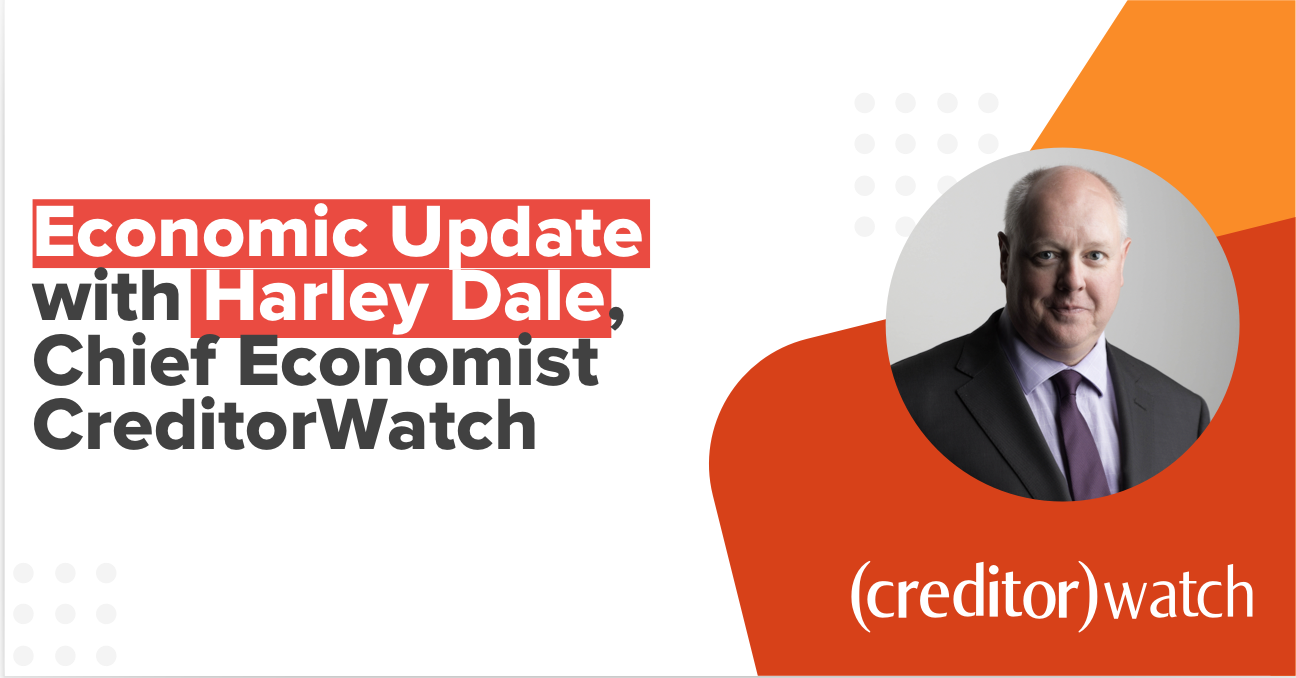The Reserve Bank of Australia (RBA) confronts some key uncertainties in the final month of the March 2022 quarter. Against this backdrop, it’s no surprise that the RBA Board determined not to raise the Official Cash Rate (OCR) in March. The dynamics have changed yet again from the start of 2022 when conjecture about interest rate rises was considerably more rampant.
The Ukrainian crisis provides substantial geo-political uncertainty. Damaging economic and humanitarian consequences have yet to play out and discussion of petrol prices here in Australia hitting two dollars a litre won’t be lost on consumers. Consumer confidence has already been trending down for nearly 12 months and supply chain issues associated with the crisis is likely to lead to a higher demand in groceries, sparked interest rates and steeper mortgage repayments.
Then we have a lack of certainty around how quickly the business and household sectors will bounce back now that COVID restrictions have largely been removed. There will be Small and Medium-sized Enterprises (SMEs) who have battled through the past two years yet are uncertain of their prolonged commercial viability. This situation crashes into an environment when the leniency previously provided to businesses by financial institutions and the Australian Taxation Office (ATO) is evaporating.
We also have yet to see play out how consumers will respond to a post restriction COVID world. Many are out and about, but many also remain reticent to engage in public life in a manner consistent with the world’s ‘new normal’, whatever that may be. The situation will settle down, but in the interim, it presents a challenge for bricks and mortar SMEs.
CreditorWatch data, led by the Business Risk Index (BRI, reveals several industries at significant risk of default over the next twelve months. These include Accommodation and Food Services (a major employer) and Arts and Recreation Services. One of Australia’s largest industries – Construction – tops the list of payment arrears of sixty plus days. That’s not really a list you want to top. We need to know more about how SMEs are faring in the 2022 COVID environment before a rise in official interest rates is warranted.
Then we have the fact we have a federal election year, now almost certain to be held in May, following a regrettable period of parliamentary sitting weeks earlier in the year which adds toxicity to the campaign.
A key economic metric working against a short-term interest rate rise is wages growth. This may have picked up in the December 2022 quarter and now displays an upward trend stretching through all of 2021, but wages growth continues to run below headline and core Consumer Price Inflation (CPI). Those metrics don’t meet the RBA test for hiking rates and so we await evidence of a further acceleration in wages growth, which isn’t forthcoming until May.
The short of it is that the RBA is still in sit and wait mode. That won’t stop ongoing conjecture about when the RBA Board will decide the first rise in the official cash rate. We’ll still get that. The situation between Russia and the Ukraine likely throws some delay into interest rate expectations here, although we do have a highly anticipated Federal Reserve rate decision in the United States later this month.
We’ve talked about how important it is to see how SMEs fare in the 2022 economic environment. This is the key domestic outcome to consider in coming months. The release next week of the CreditorWatch Business Risk Index for February will provide a crucial leading indicator insight.
Harley Dale
CreditorWatch Chief Economist



